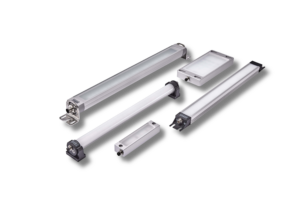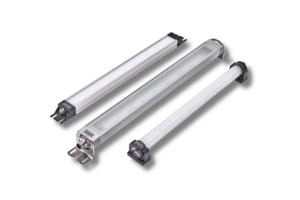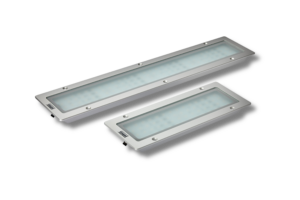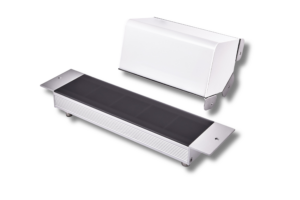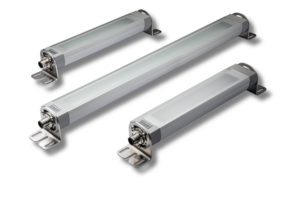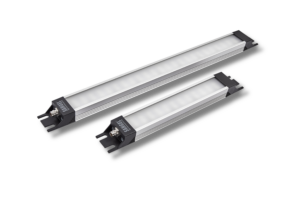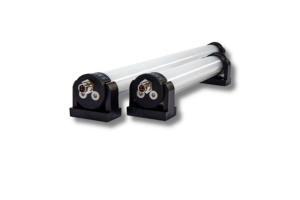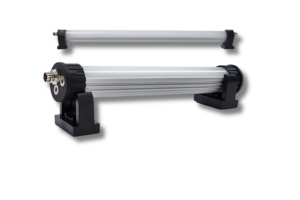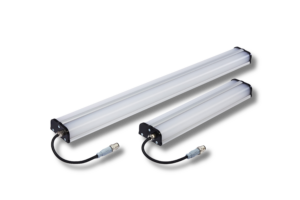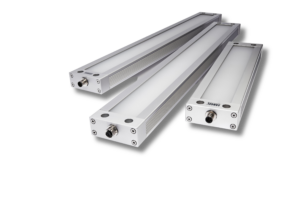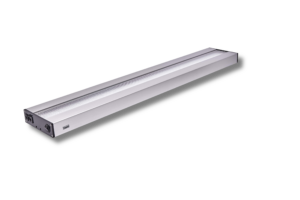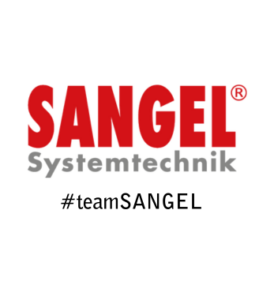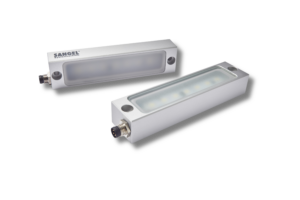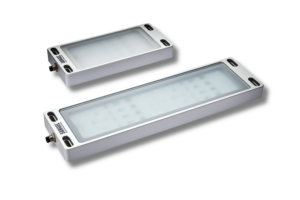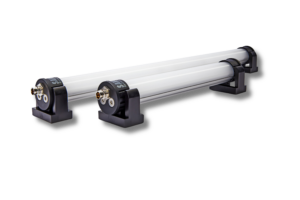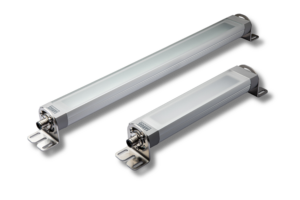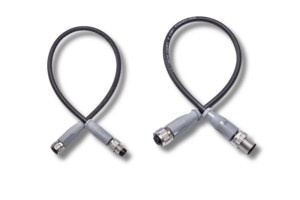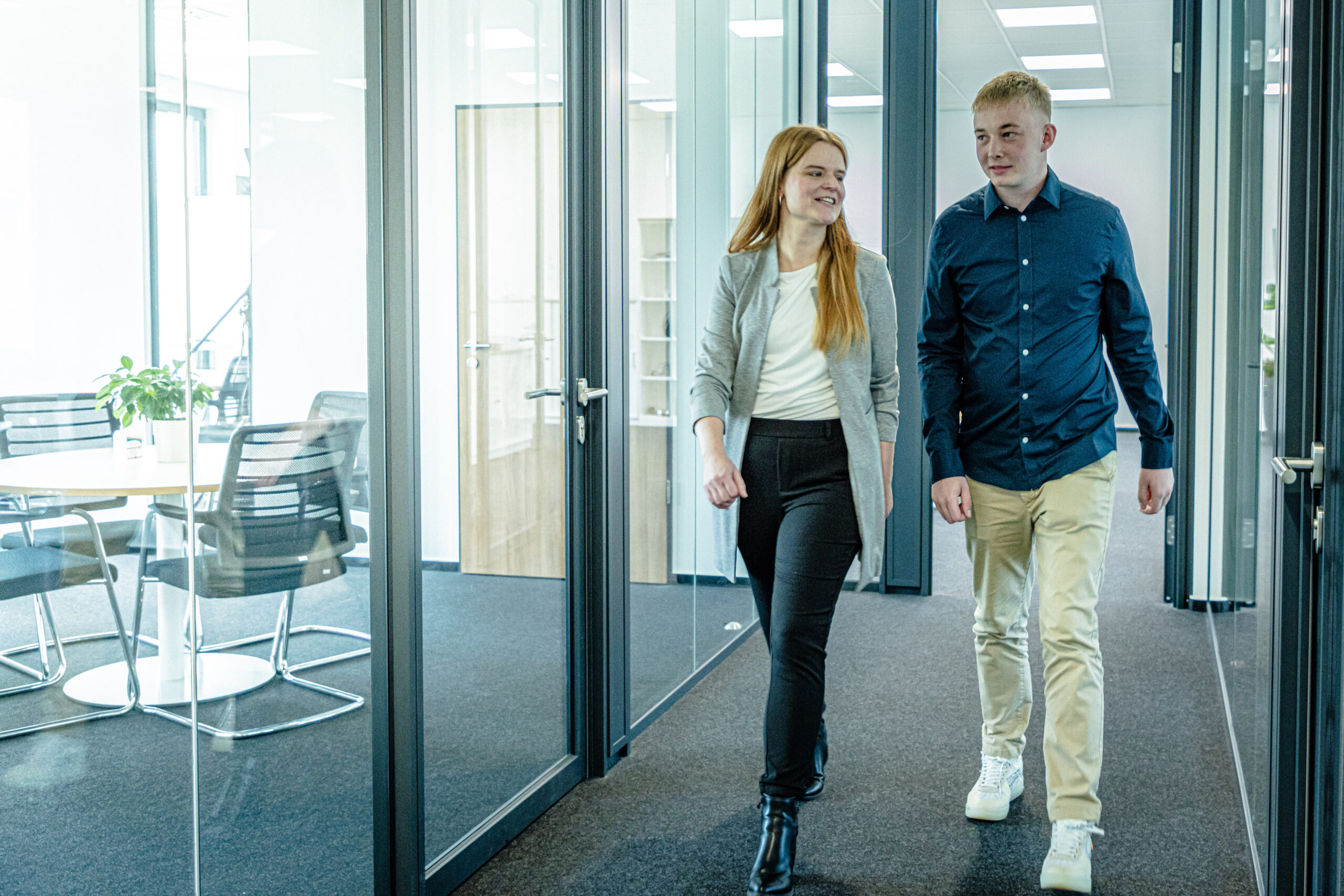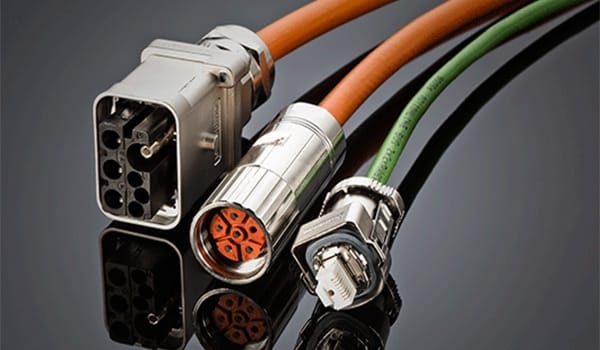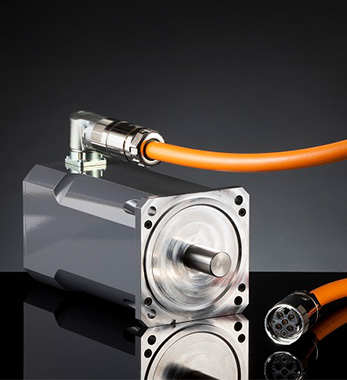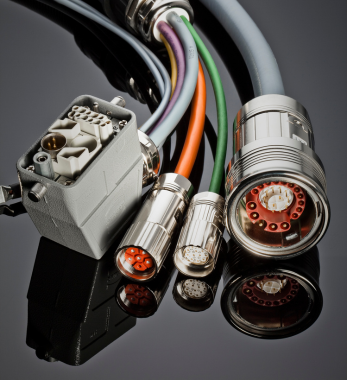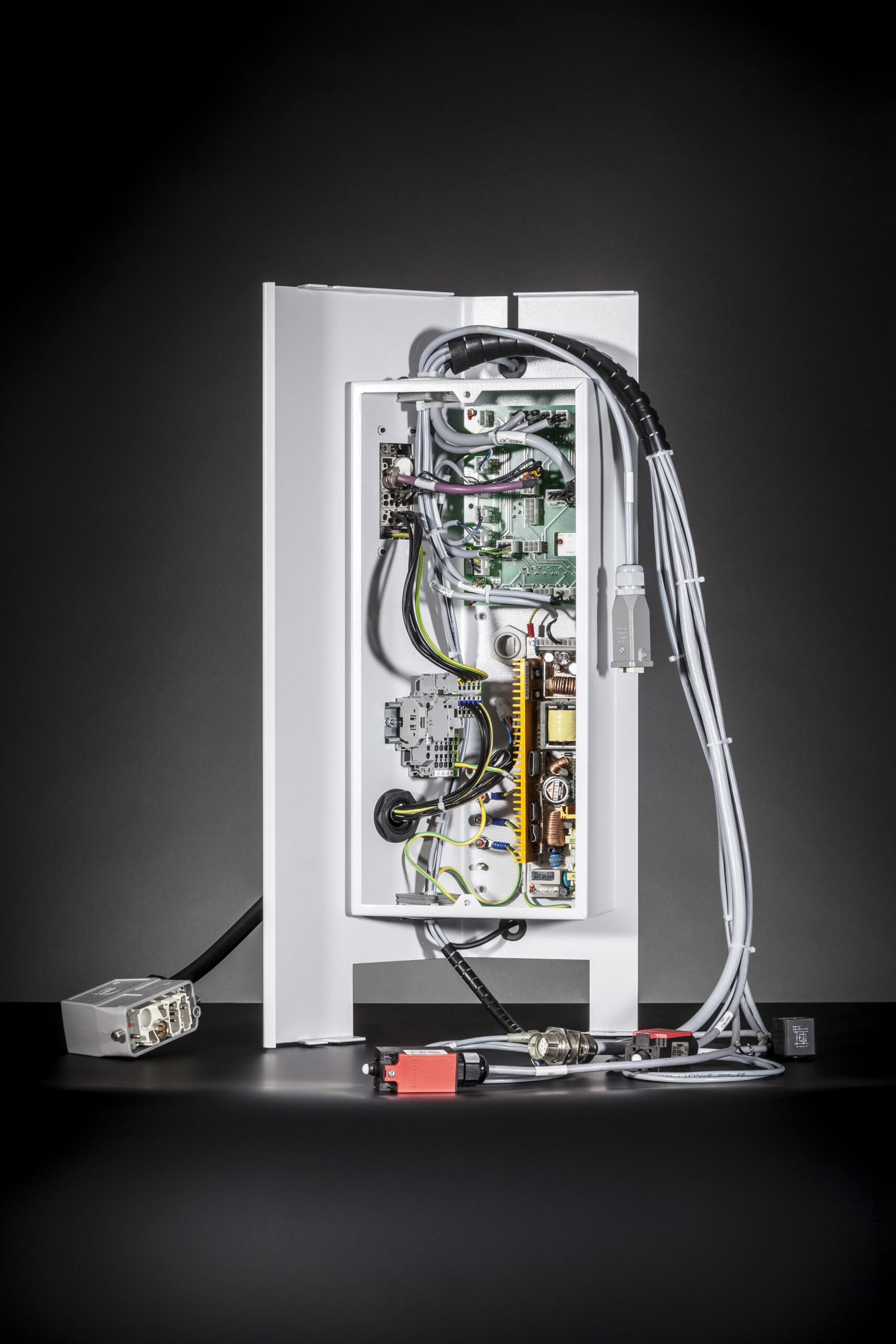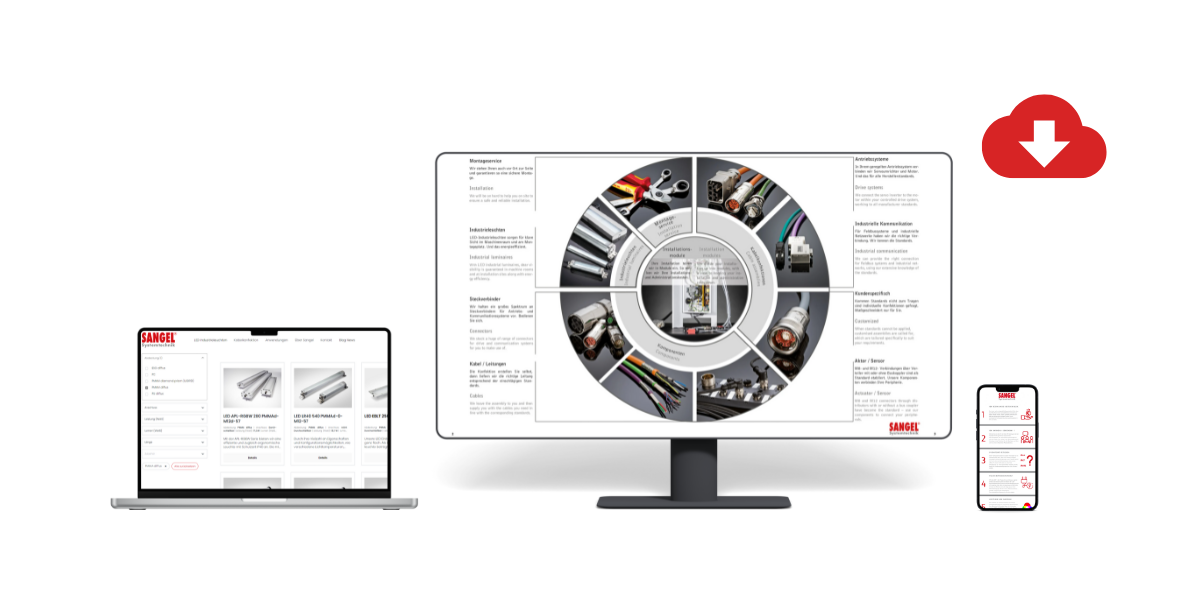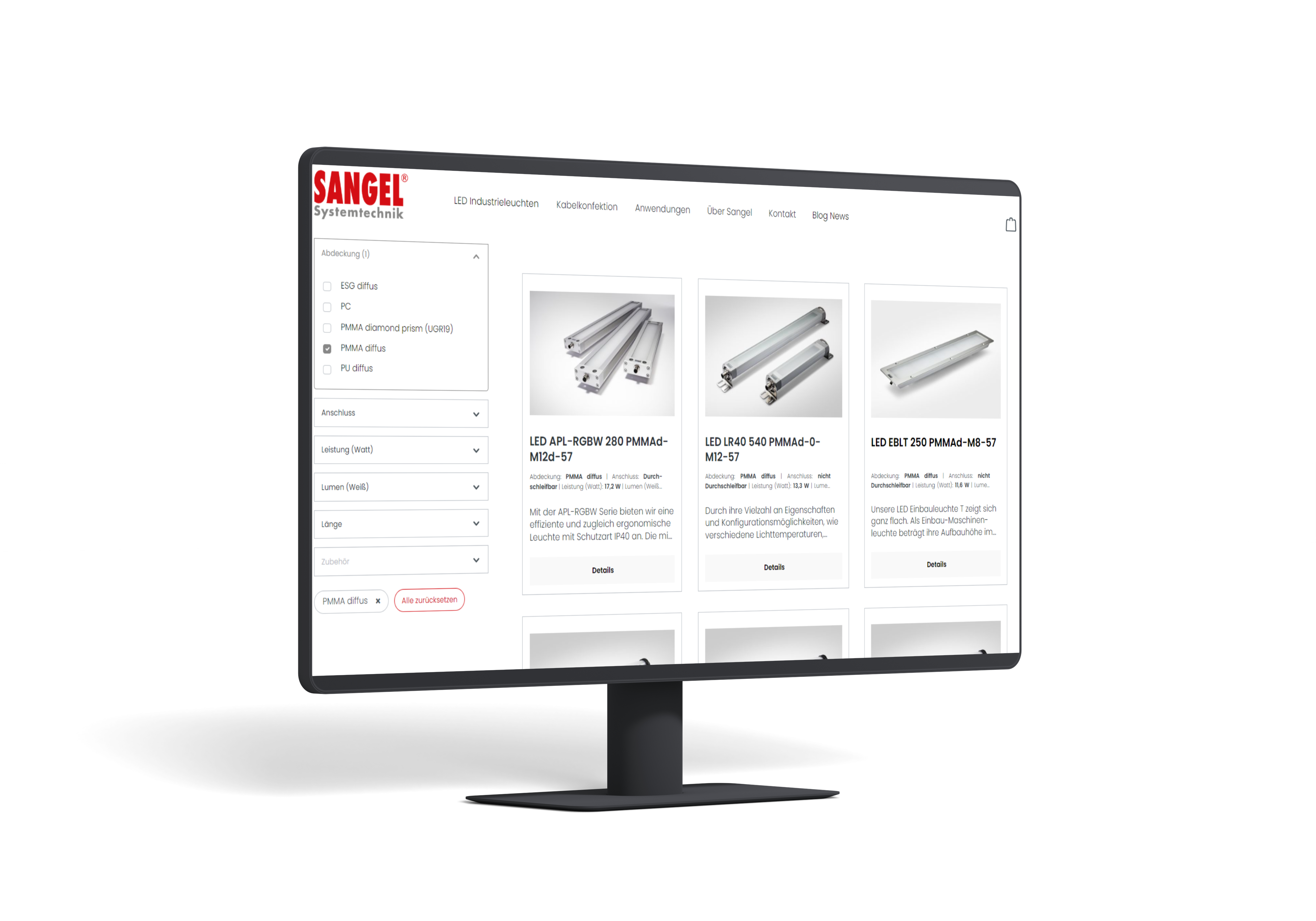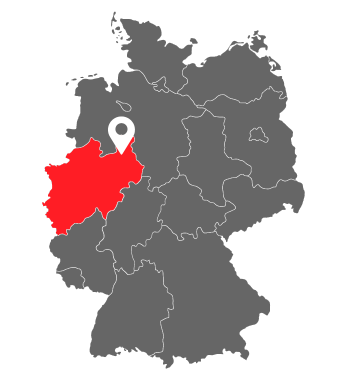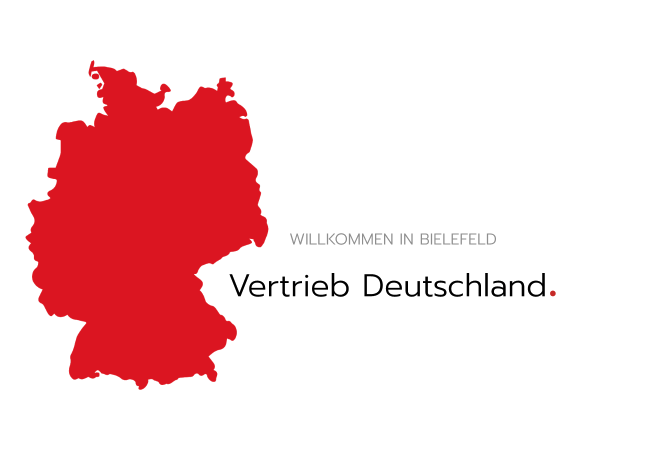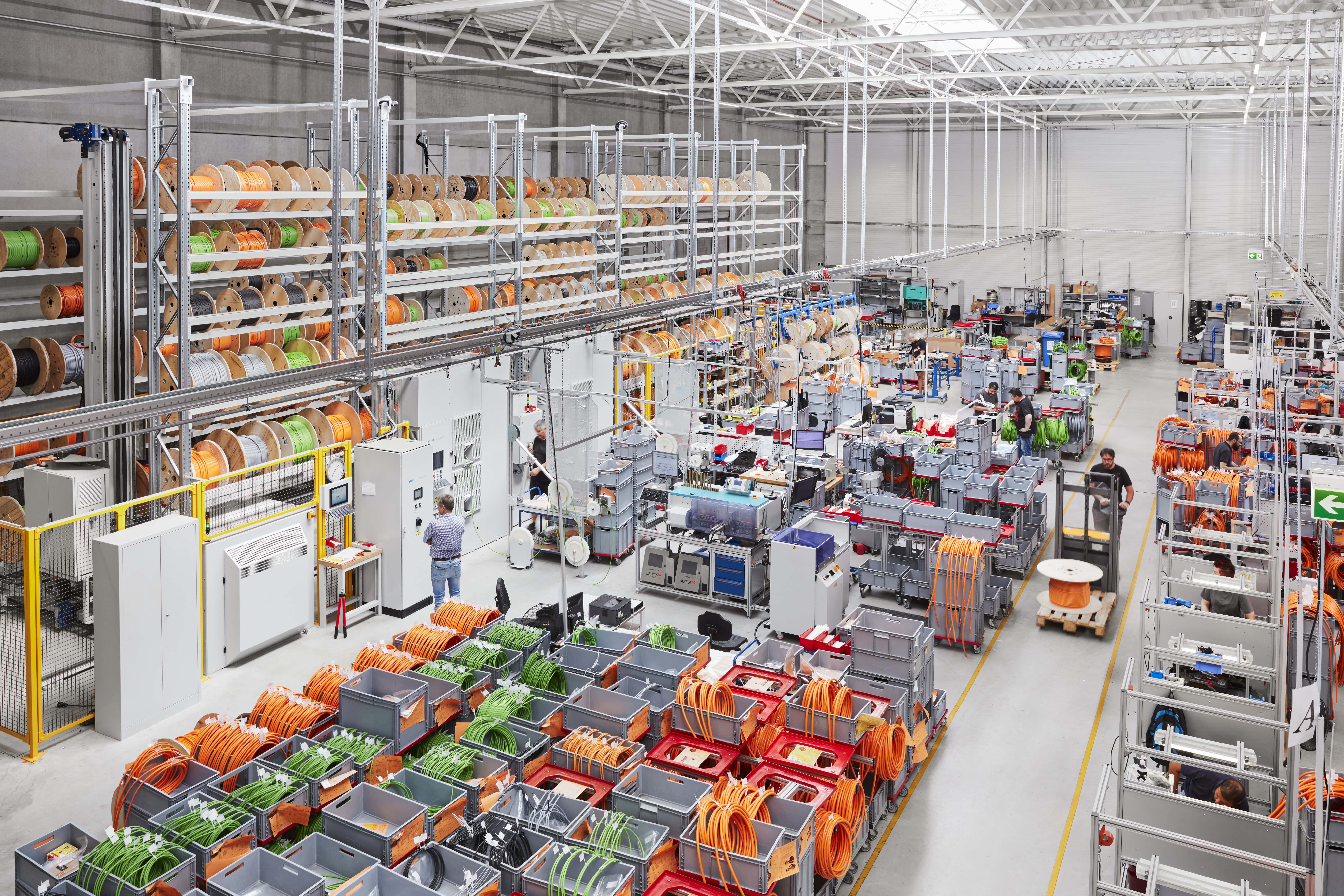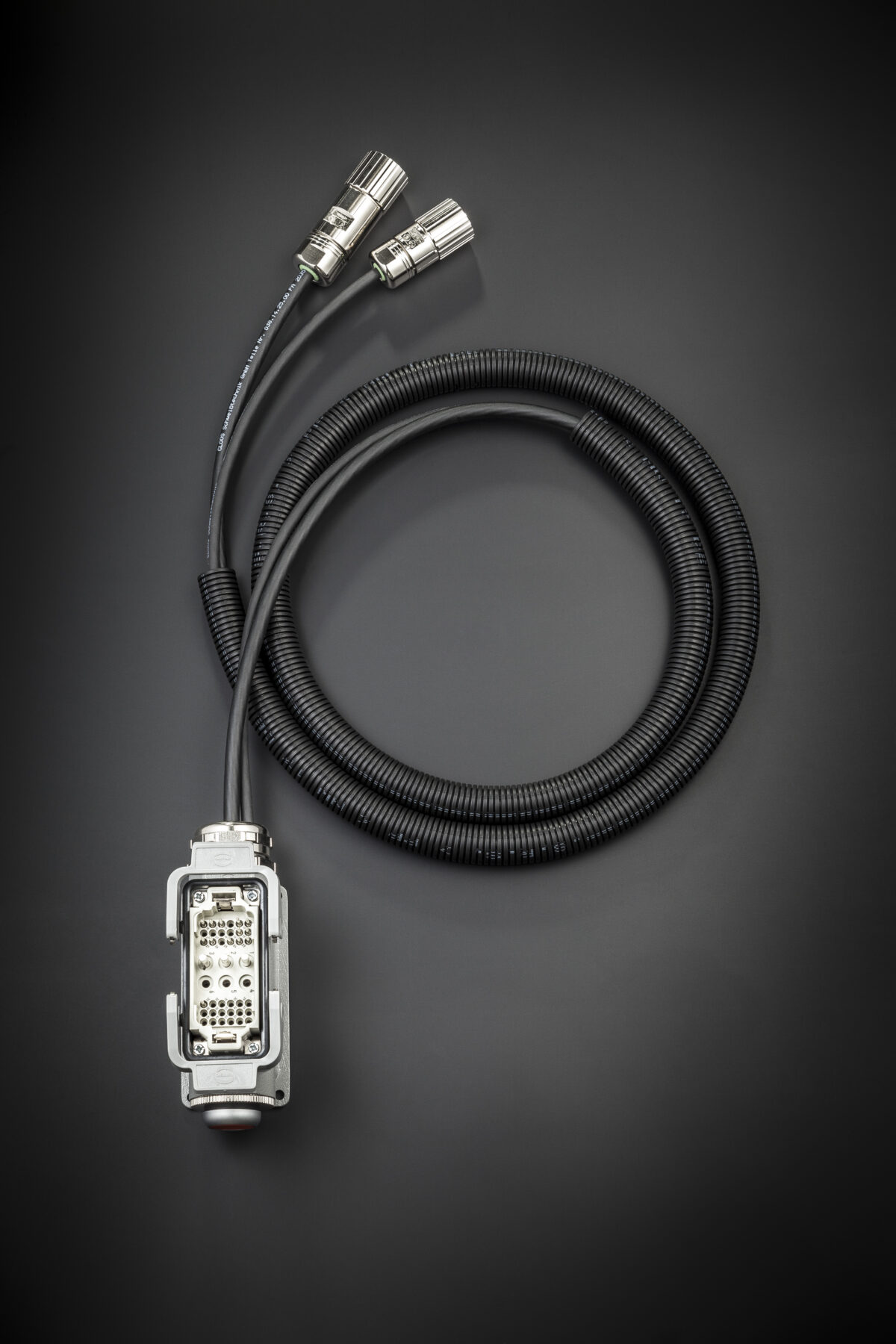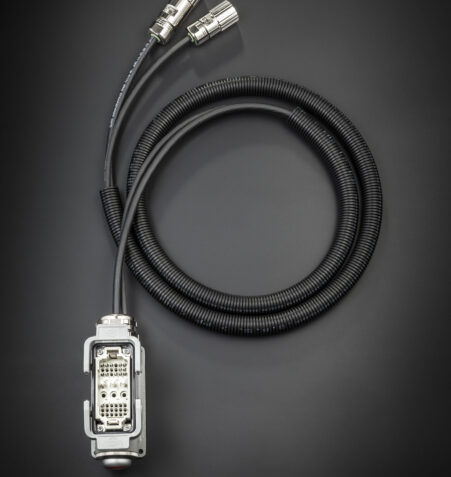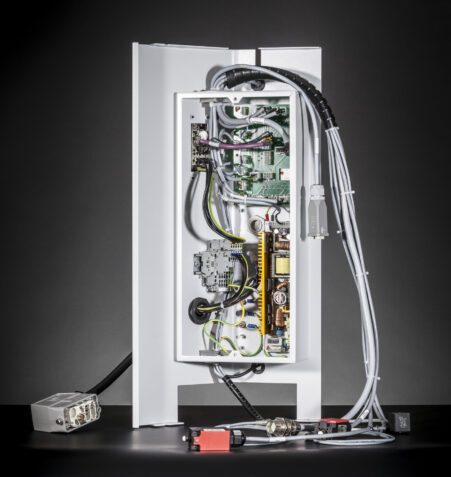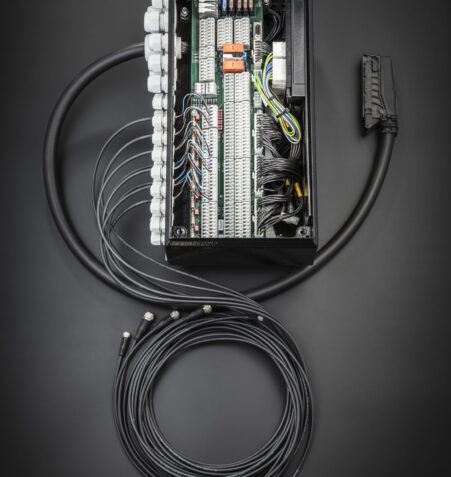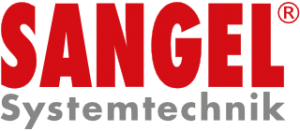
Wind Energy
Renewable energy production is becoming increasingly important, especially wind turbines. With a hub height of 60 meters and 1.5 megawatts of power, wind turbines that were originally considered to be enormous are now standard and built worldwide using German technology. In order for the turbines to work perfectly as well as cost-effectively, the optimum balance between torque and speed must be found. For this, it is necessary to be able to adjust the rotor blades. It’s not enough to turn the head of the turbine into or out of the wind. In case of high wind speeds, rotor blade adjustment is an additional way to apply the brakes effectively and an important safety aspect.
All three rotor blades must always be aligned synchronously, because excessive forces can otherwise act on a single blade. This means the rotor blade adjustment must have a central control system that is also guaranteed to function even in case of power failure. To make the task even more difficult, the hub is only accessible from the outside. On the shaft of the rotor, only a few contacts are available on the slip ring for establishing a connection. A control system via the hub and accommodation of rotor blade technology in the nacelle are therefore not possible. On-site installation in the hub is not practical and economical due to the height and difficult accessibility.
The entire rotor blade adjustment system is supplied with electrical power just through the slip rings, so only a few contacts of the slip ring are necessary. A central control box coordinates the rotor blade positions, which are each adjusted by their own drive control. This includes a battery pack to maintain control capability in case of power failure. Everything is modular and ready to plug in. All connections are pre-tested on a specially designed test station with contact force monitoring, eliminating errors and ensuring fast commissioning.
The central control module connects the individual drive controls with a single connector kit in each case. These align the rotor blade with a servomotor. The pre-fabricated installation can be quickly incorporated into the hub on the ground. Supply, signals and bus are consolidated in a single robust plug connector. The rotor blade is completely installed electrically in no time.

